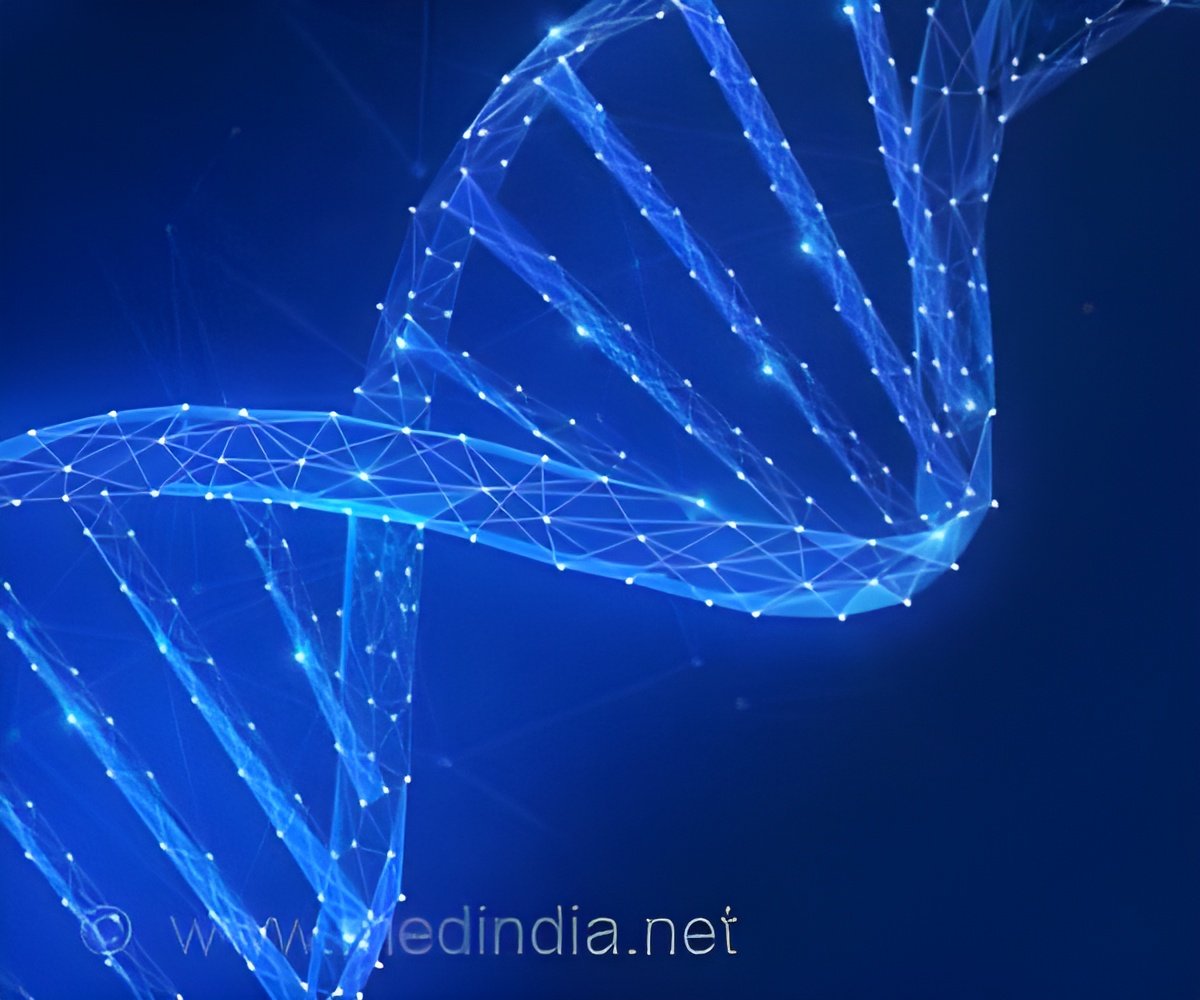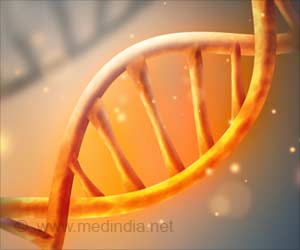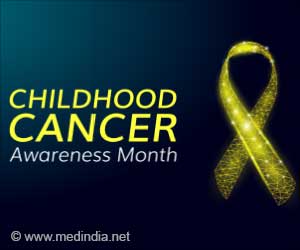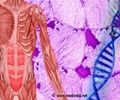New study reveals the mechanism of DNA mutations as they disclose the significant role of quantum mechanics in the biological system — DNA.

Unraveling the DNA Mutations
The double helix strands of the DNA are linked together by subatomic particles called protons (the nuclei of atoms of hydrogen), which provide the glue for the strict bonding of their molecules together (DNA bases called A, C, T, and G where A always bonds to T and C always to G).TOP INSIGHT
New study reveals the mechanism of DNA mutations as they disclose the significant role of quantum mechanics in the biological system — DNA.
The study team used sophisticated computer modeling, open quantum systems to untangle the strange rules of the quantum world and decode the mutation in DNA.
Quantum Secrets in Biology
It is shown that the modification in the bonds between the DNA strands is far more prevalent than has hitherto been thought as protons can easily jump from their usual site on one side of an energy barrier to land on the other side.However, if these changes happen just before the two strands are unzipped in the first step of the copying process, then the error can pass through the replication machinery in the cell, leading to what is called a DNA mismatch and, potentially, a mutation.
Although it was previously thought that the quantum behavior could not occur inside a living cell’s warm, wet and complex environment, an Austrian physicist Erwin Schrödinger had earlier suggested in his 1944 book (What is Life?) that quantum mechanics can play a role in living systems since they behave rather differently from inanimate matter — re-enforcing the Schrödinger’s theory.
“The protons in the DNA can tunnel along the hydrogen bonds in DNA and modify the bases which encode the genetic information. The modified bases are called "tautomers" and can survive the DNA cleavage and replication processes, causing "transcription errors" or mutations,” says Dr. Louie Slocombe, who performed these calculations during his PhD at the University of Surrey.
Source-Medindia
 MEDINDIA
MEDINDIA




 Email
Email









